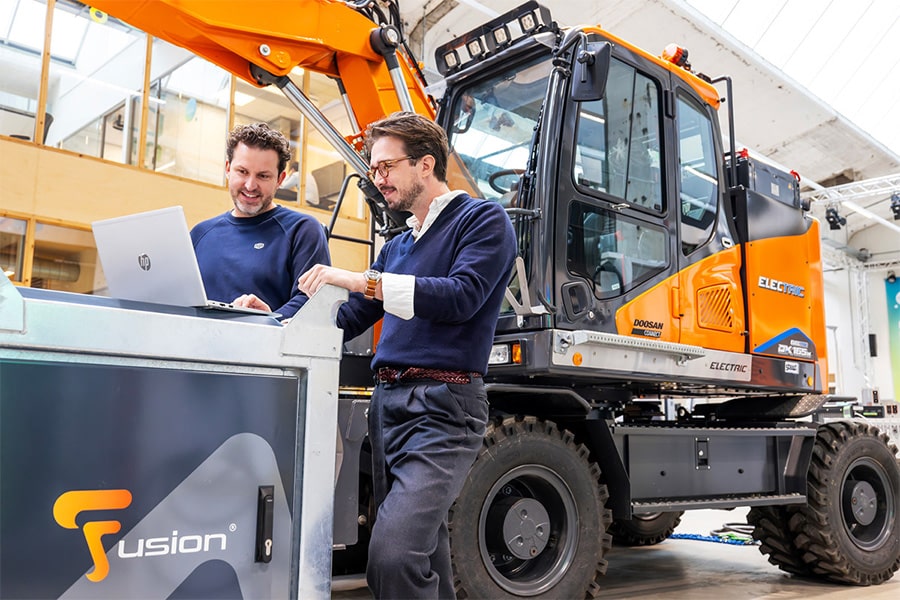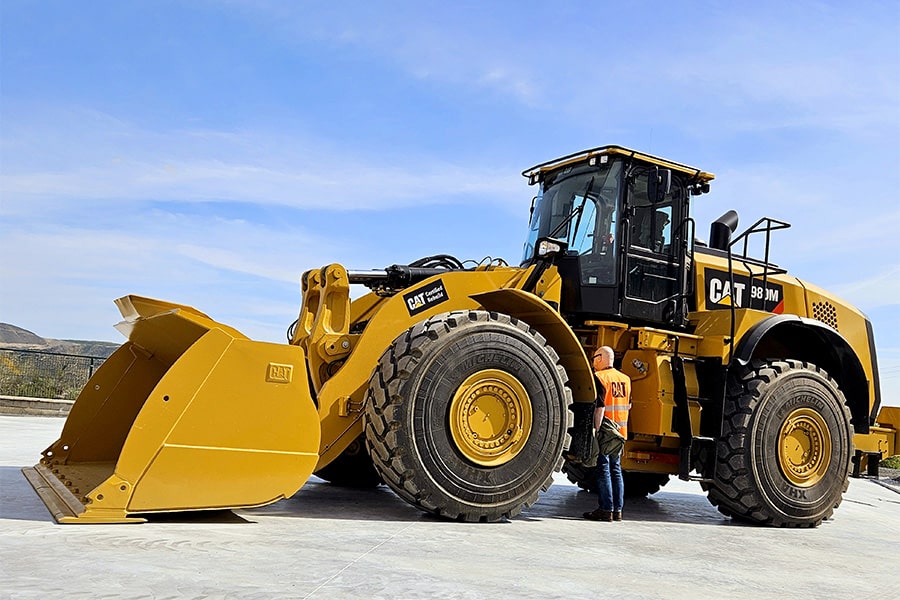
Ground stabilization in the HWBP
For levees and waterworks, soil stabilization technology is a solution that becomes interesting when ground improvements, semi-attached or structural foundations are required. These three applications in waterworks and levees can be preserved by using soil stabilization.
With soil stabilization, existing materials are bound on site and upgraded to a desired structural strength. This can be variable per project and can be customized. Reuse of the material is possible because Terrastab has a range of binders, additives and customized machinery for these applications. The construction can be performed with influences of ebb and flow and has minimal environmental impact.
100% REUSE
With its own laboratory, Terrastab makes it possible to reuse almost all soil materials through the use of innovative additives. Together with TU Delft, Terrastab develops alternative binding agents and other innovations. With unique additives we can reuse almost all (soil) materials as a basis for soil improvement or constructive stabilization.
CO2-REDUCTION
Less use of primary building materials, fewer transport movements and a fast construction time result in a CO2-reduction. Using material on site or from other projects, we create new foundations and pavements, eliminating the use of primary building materials. Through on-site treatment and speed of work, we are able to save a significant amount of CO2-saving emissions.
FAST CONSTRUCTION TIME
Because our engineering has no disposal and little supply of material, our construction can often be used quickly. Excavation, removal and re-supply and processing often takes a long time in civil engineering construction. With Terrastab's technique, the environment experiences less inconvenience.
Such was the case with the dyke reinforcement in Yerseke. The sea dike on the Oosterschelde near Yerseke had to be improved according to safety requirements. Almost the entire length of the dike consisted of (sea) clay with such a poor bearing capacity that it could no longer function as a foundation material for the facing construction. In addition, this salty clay also allowed too much water to pass through, which could cause dangerous situations. The traditional approach would be to excavate the salty clay layer of about 28,000m³ and apply a layer of 80 cm granular blast furnace slag in its place. Because the clay to be excavated first had to be deposited and only then could it be removed, this involved too long a time frame. The huge amount of transport movements and processing time would also create a problem for the surrounding area.
Terrastab offered the solution by using the material on site and stabilizing it into a load-bearing foundation. This allowed time, CO2, materials and money are saved in the project.



